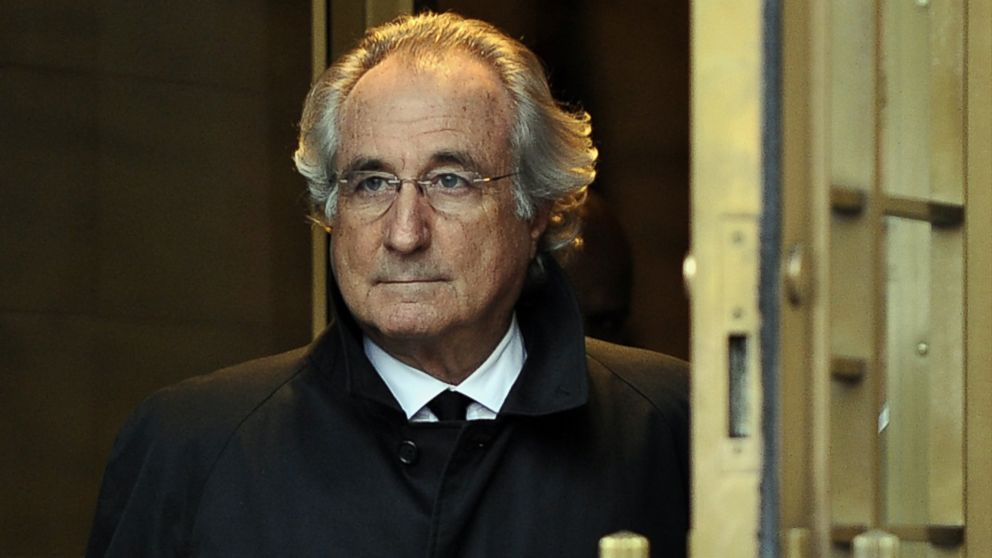Feds Charge: The $50 BILLION Scam: One Man's Amazing Crime
"There is no innocent explanation," Madoff tells FBI.

December 11, 2008— -- A powerful New York financial advisor whose handful of clients routinely expected -- and received -- double digit returns, up market or down, may have instead been running a decades long Ponzi scheme that defrauded investors of $50 billion dollars, according to a one-count criminal complaint unsealed in federal court in New York.
Bernard Madoff, 70, a former chairman of NASDAQ, was an investment advisor who catered to a handful of high net worth clients, one of whom told ABC News that Madoff was so sought after that, as recently as two months ago, he was turning down potential new business.
According to a Securities and Exchange Commission document filed in Jan. 2008, and cited in the complaint, the firm had between 11 and 25 clients for the fiscal year ending Oct. 2007 and managed about $17 billion in assets in 23 different accounts.
Bernard Madoff Investment Securities, in addition to that private client practice, is also a market maker that trades with other dealers in bonds, the S&P 500 and NASDAQ, according to Bloomberg News.
The firm was the 23rd largest market maker on NASDAQ in October, handling a daily average of about 50 million shares a day. The firm specialized in handling orders from online brokers in some of the largest U.S. companies, including General Electric Co. and Citigroup Inc., Bloomberg News reported.
But on Wednesday, Madoff allegedly told senior employees at his firm that his entire business was a fraud. According to the federal complaint, Madoff told those employees that he was "finished" and that "it's all one big lie." Madoff estimated "the losses from the fraud to be at least approximately $50 billion," the complaint states.
At that time Madoff also told those employees that he intended to surrender to authorities, but before he did he planned to use $200-300 million he had left to make payments to "selected employees, family and friends," the complaint states.
Madoff started his business in 1960 with $5000 in savings. He resides in New York City and, according to clients, also maintains a posh waterfront home. Known to his clients as Bernie, he has a long and significant history on Wall Street and has been a chairman of the board of the NASDAQ and was a founding member of the board of the International Securities Clearing Corp. in London.
Bernard Madoff's Arrest
The Web site for Madoff's firm, in its company profile, says, "Clients know that Bernard Madoff has a personal interest in maintaining the unblemished record of value, fair-dealing, and high ethical standards that has always been the firm's hallmark."
Madoff was arrested Thursday morning by FBI agents and charged with criminal securities fraud by federal prosecutors in Manhattan. The complaint states that he used "manipulative and deceptive practices." The complaint cites two senior employees in describing how Madoff kept his client records "under lock and key" and how he left them in the dark about how he managed the private client funds. One of those employees, in interviews with the FBI, said that Madoff was "cryptic" in his statements. This, according to clients, is in keeping with the aura that Madoff cultivated among his clients, some of whom have kept funds under management with him for generations.
But by the first week of December, when clients began clamoring for redemptions -- to the tune of $7 billion -- the complaint states that Madoff began a struggle to obtain the necessary liquidity. The stress began to show, the employees said.





